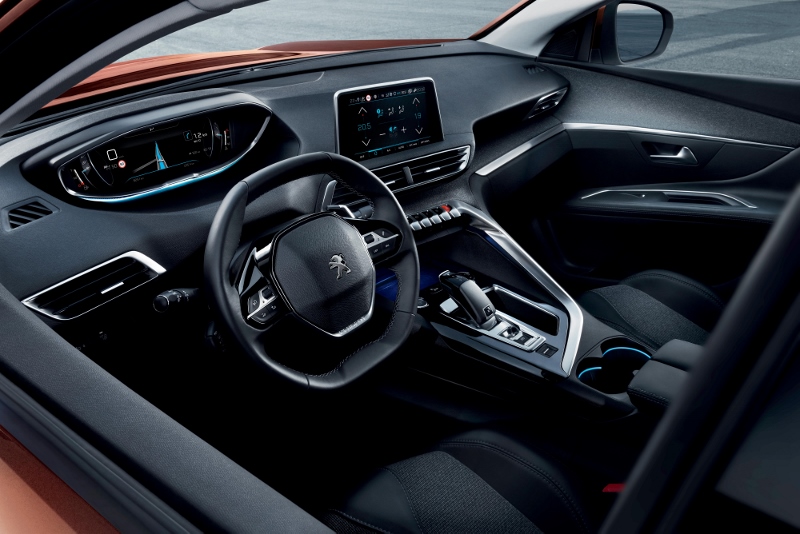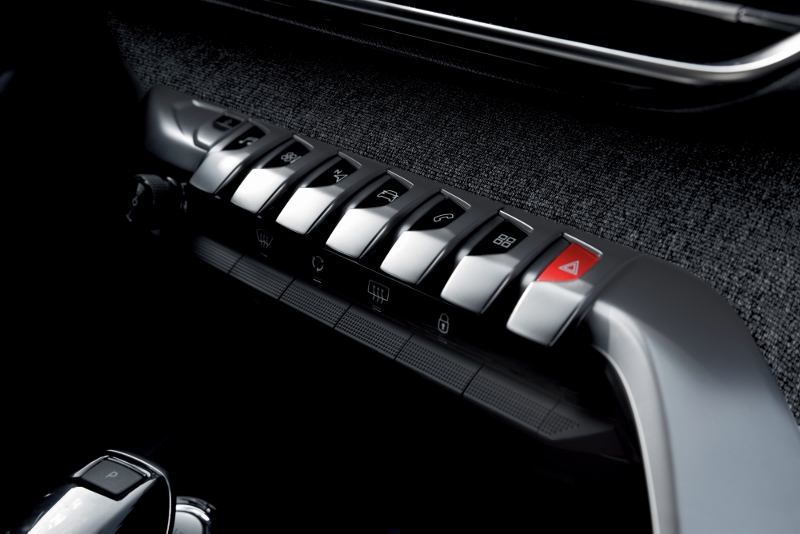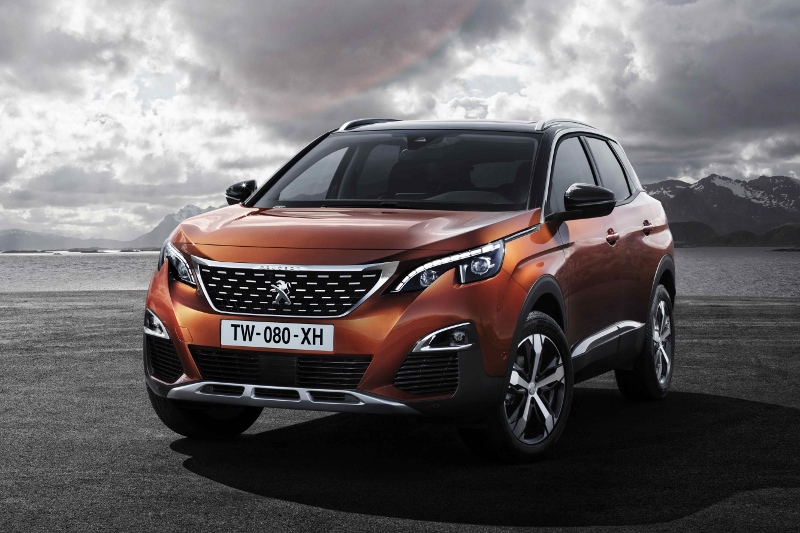First Drive: Peugeot 3008
The best Peugeot in 20 years? John Kendall thinks it might be…
- Peugeot 3008
- Peugeot 3008
- Peugeot 3008
- Peugeot 3008
- Peugeot 3008
SECTOR Compact SUV PRICE TBA FUEL 3.8 – 6.0l/100km combined CO2 100–136g/km
Every manufacturer reaches a point when it’s time to examine what it is doing and decide if it’s time to change. For PSA Peugeot Citroën that moment must have come with it’s near collapse following the 2008 financial crisis. Uninspiring design and indifferent quality control had played its part in bringing the company to that point.
Perhaps the financial crisis gave the company the jolt that it needed. In came new management, new designers and gradually all the things you might associate with Peugeot and Citroën began to reappear – inspired design, better build quality. Along came the new 308, the first product to be based on the company’s EMP2 modular architecture, followed by the C4 Picasso and Grand Picasso. Then earlier this year the new medium vans appeared – Citroën Jumpy and
Peugeot Expert, also using the EMP2 architecture. Like their car stablemates, both showed the potential to be class leaders.
Now with the launch of the new Peugeot 3008, the company has thrown caution to the wind, called time on the uninspiring 3008 and used the EMP2 platform again to bring us the awe-inspiring 3008 SUV. Remember all those concept cars with forward thinking design inside and out and a dashboard that looked really futuristic? Well Peugeot has effectively put all that into a production car and the good news is that it works.
Not just works, but demonstrates that it was really well designed in the first place. This is probably the best Peugeot I have driven in the past 20 years. It looks good inside and out, the i-Cockpit is one of the best modern digital display and control systems I have used and it is standard equipment across the range. The build quality is as good as you will find among class leading rivals. The ride quality is among the best you will find in a C-segment SUV and this is not at the expense of handling. It’s great to drive. If I have one criticism, it’s that there could be a little more rear seat legroom, but you could say the same of a few rivals.
There’s a familiar suite of engines with 130hp 1.2-litre and 165hp 1.6-litre petrol with CO2 emissions ranging from 115g/km to 136g/km. Fleet buyers will probably find the 100hp and 120hp 1.6-litre diesel to be at the heart of the 3008 range with CO2 emissions from 100 to 114g/km. Topping the diesel range are the 150hp and 180hp 2.0-litre engines with CO2 emissions of 114 – 124g/km. All engines are Euro-6 compliant. A 6-speed manual transmission is standard with most engines, while there’s a 6-speed automatic option for most and the automatic is standard for the most powerful petrol and diesel models.
The number of combinations and customisation possibilities for the i-Cockpit displays is impressive. With the selector switches in front of the centre display to choose the options there and the rotary switch on the steering wheel to select options on the screen immediately in front of the driver, it is easy to find what you want without scrolling through endless menus. It’s one of the best systems I have used.
All the engines are familiar from other PSA applications and all are reasonably refined. Although the 1.6 diesels are likely to be popular with fleets, the 1.2-litre 3-cylinder turbo petrol engine offers a petrol alternative with reasonably low emissions.
The ride quality was impressive. There were plenty of poor surfaces on the test route but the car handled them all with composure. At the same time it handles well without excessive roll. It’s a very well developed chassis.
What we think
The 3008 is all set to take on the Nissan Qashqai with a wide range of engines and class-leading design inside and out. Ride and handling are equally impressive. Success seems guaranteed.







Leave a comment